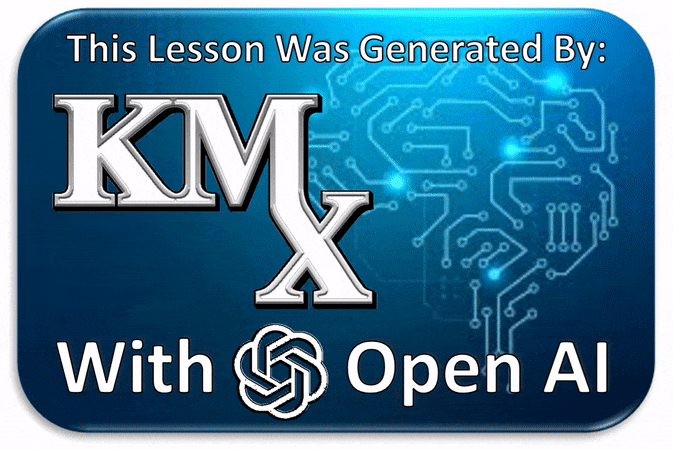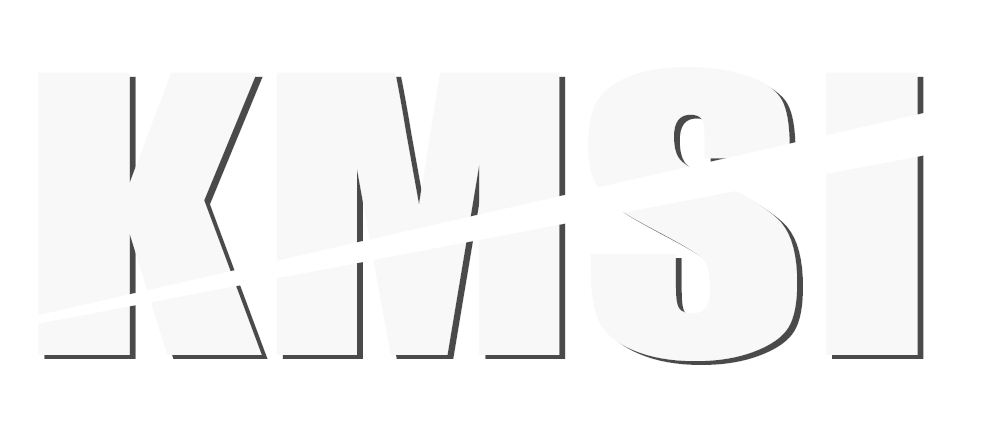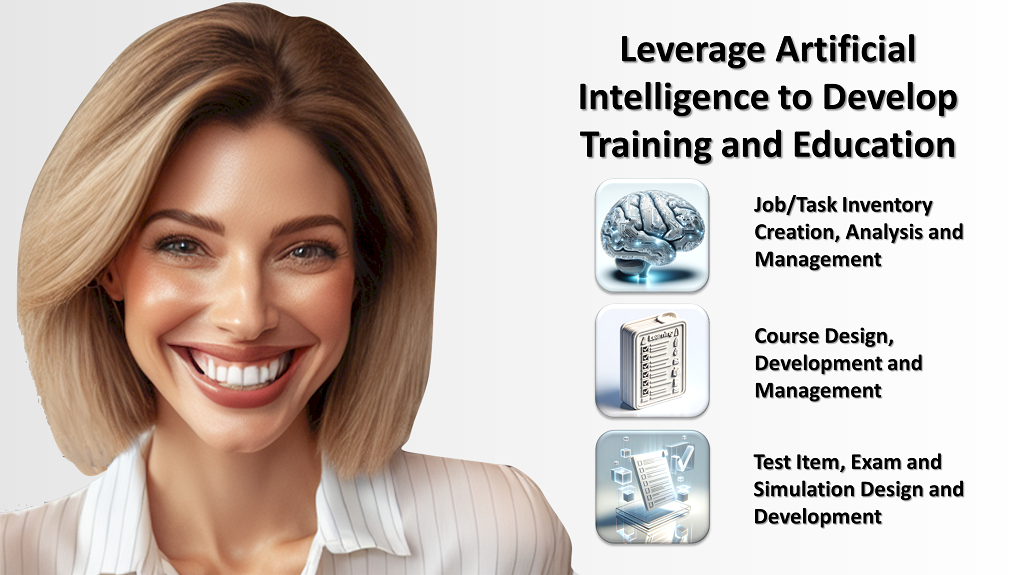

| Experience the Future of Training and Education! | |
| KMx AI provides exciting new Artificial Intelligence (AI) features, including fully automated generation of eLearning lessons, exams, simulations, documentation, role-play bots and virtual classroom support agents. | |

|
| Switch to KMxASP for Huge Savings! | |
| KMxASP is designed for large organizations that require a high availability hosted solution. For less than $36,000 per year, KMxASP provides learning, talent, content and performance management for unlimited users! | |

|